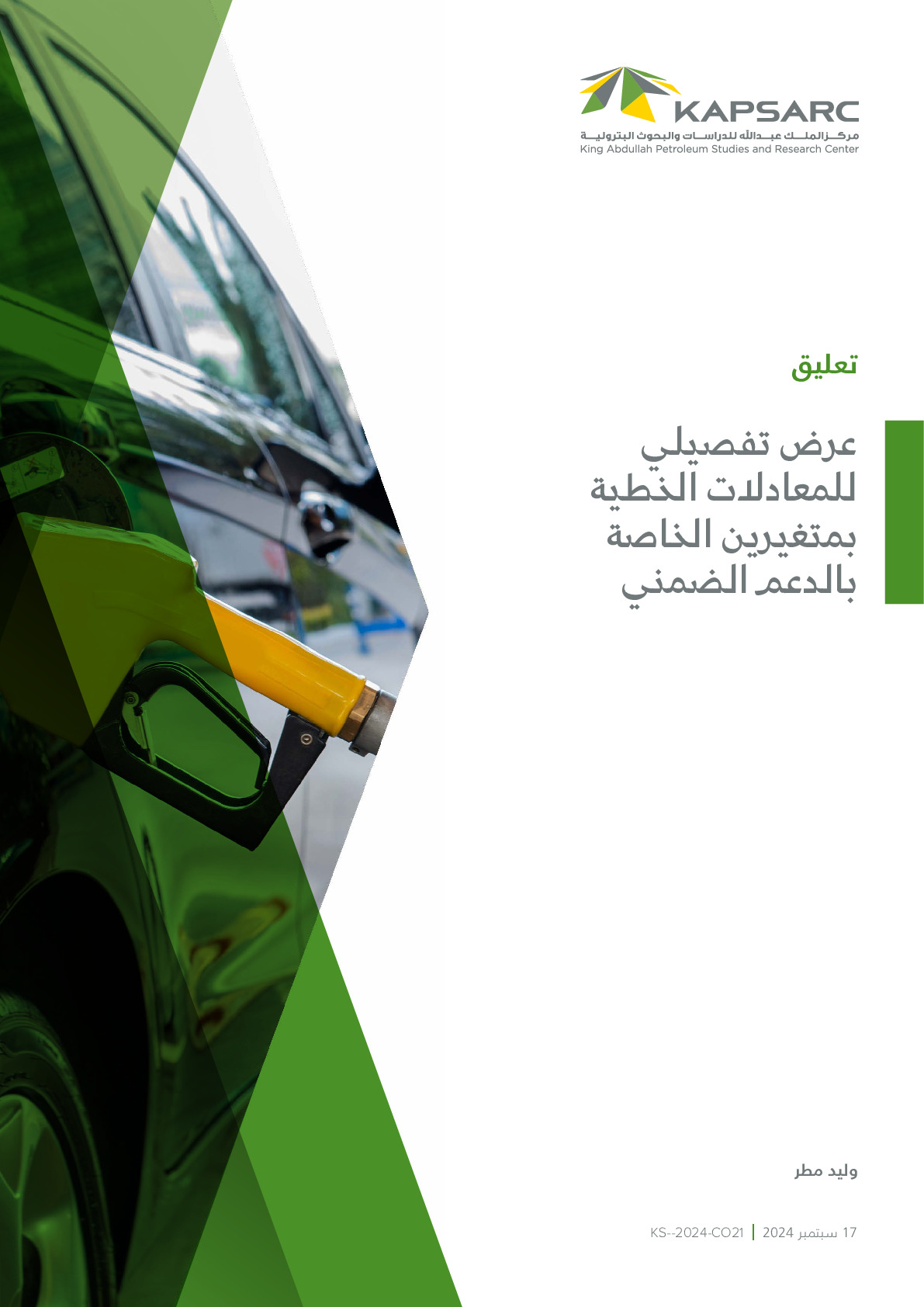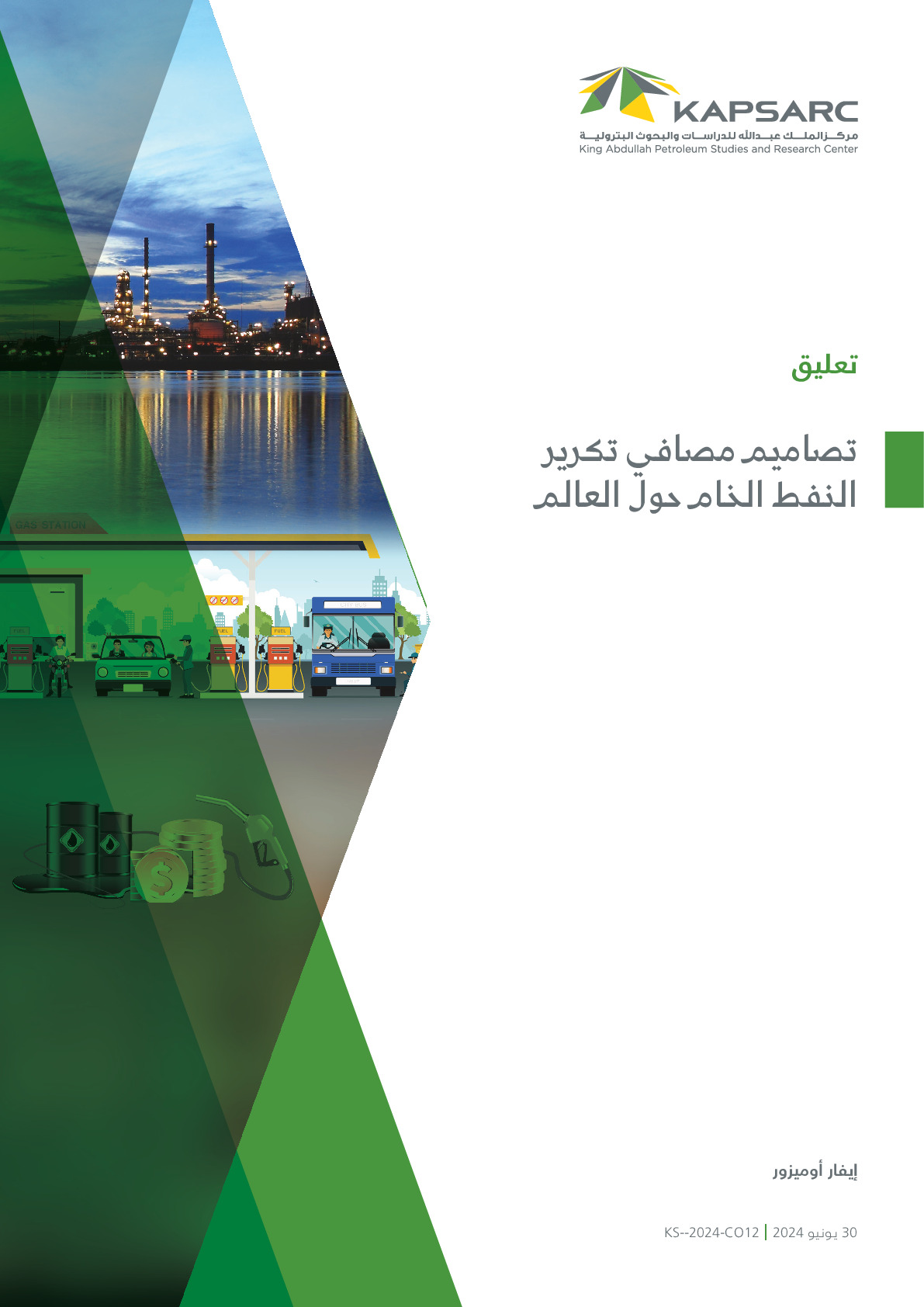أعلنت المملكة العربية السعودية عزمَها خفض انبعاثات غازات الدفيئة بمقدار 278 مليون طن من مكافئ ثاني أكسيد الكربون، لذا، تقدِّم هذه الدراسة نمذجة للآثار المناخية الناجمة عن مختلف سياسات الطاقة في منظومة الطاقة السعودية. ويعكس السيناريو المرجعي الوضعَ حال استمرار السياسات المحلية الحالية دون إصلاح أسعار الطاقة. علاوة على ذلك، نتناول بالبحث سيناريوهن بديلين رئيسين. الأول سيناريو السياسات المُعلَنة، الذي يأخذ في الحسبان بعض الخطط التي أعلنتها الحكومة السعودية. أما السيناريو الآخر فيتضمَّن السيناريو المرجعي حال وضع حدأ قصى لإجمالي انبعاثات ثاني أكسيد الكربون بما يجعلها مساوية للانبعاثات التي حدَّدتها السياسات المعلنة. وبناءً على نتائج السيناريوهات، يُنتِج النموذج القرارات اللازمة لتحقيق مقدار الخفض المراد نفسه في انبعاثات ثاني أكسيد الكربون. ونجري هذا التحليل باستخدام نموذج كابسارك للطاقة، وهو نموذج يغطي منظومة الطاقة في قطاعات متعددة صُمِّم لتمثيل قطاعات الاقتصاد السعودي كثيفة الاستهلاك للطاقة.

زميل رئيسي- النفط والغاز
يعمل وليد على نمذجة أنظمة الطاقة. وقد طوّر ولا زال يطور المكونات التالية لنموذج كابسارك للطاقة: توليد الطاقة الكهربائية، وتكرير…
يعمل وليد على نمذجة أنظمة الطاقة. وقد طوّر ولا زال يطور المكونات التالية لنموذج كابسارك للطاقة: توليد الطاقة الكهربائية، وتكرير النفط، والبتروكيماويات والأسمدة، وإنتاج الأسمنت، والحديد، والفولاذ. كما يعمل على وضع إطار عمل للاستخدام السكاني للكهرباء من أسفل إلى أعلى، وفيه يدمج الاقتصاد الجزئي مع القوانين الفيزيائية التي تحكم استخدام الكهرباء.
الخبرات
- نمذجة أنظمة الطاقة، آليات التحسين، أسعار الكهرباء، كفاءة الطاقة، الحقول المتداخلة بين اقتصاديات الطاقة والهندسة
الإصدارات عرض جميع الإصدارات وليد مطر
Web-Based User Interfaces for Mathematical Models to Support Decisions: The Fuel Distribution Network Optimizer
أعلنت المملكة العربية السعودية عزمَها خفض انبعاثات غازات الدفيئة بمقدار 278 مليون طن من مكافئ…
30th سبتمبر 2024
عرض تفصيلي للمعادلات الخطية بمتغيرين الخاصة بالدعم الضمني
أعلنت المملكة العربية السعودية عزمَها خفض انبعاثات غازات الدفيئة بمقدار 278 مليون طن من مكافئ…
10th سبتمبر 2024



